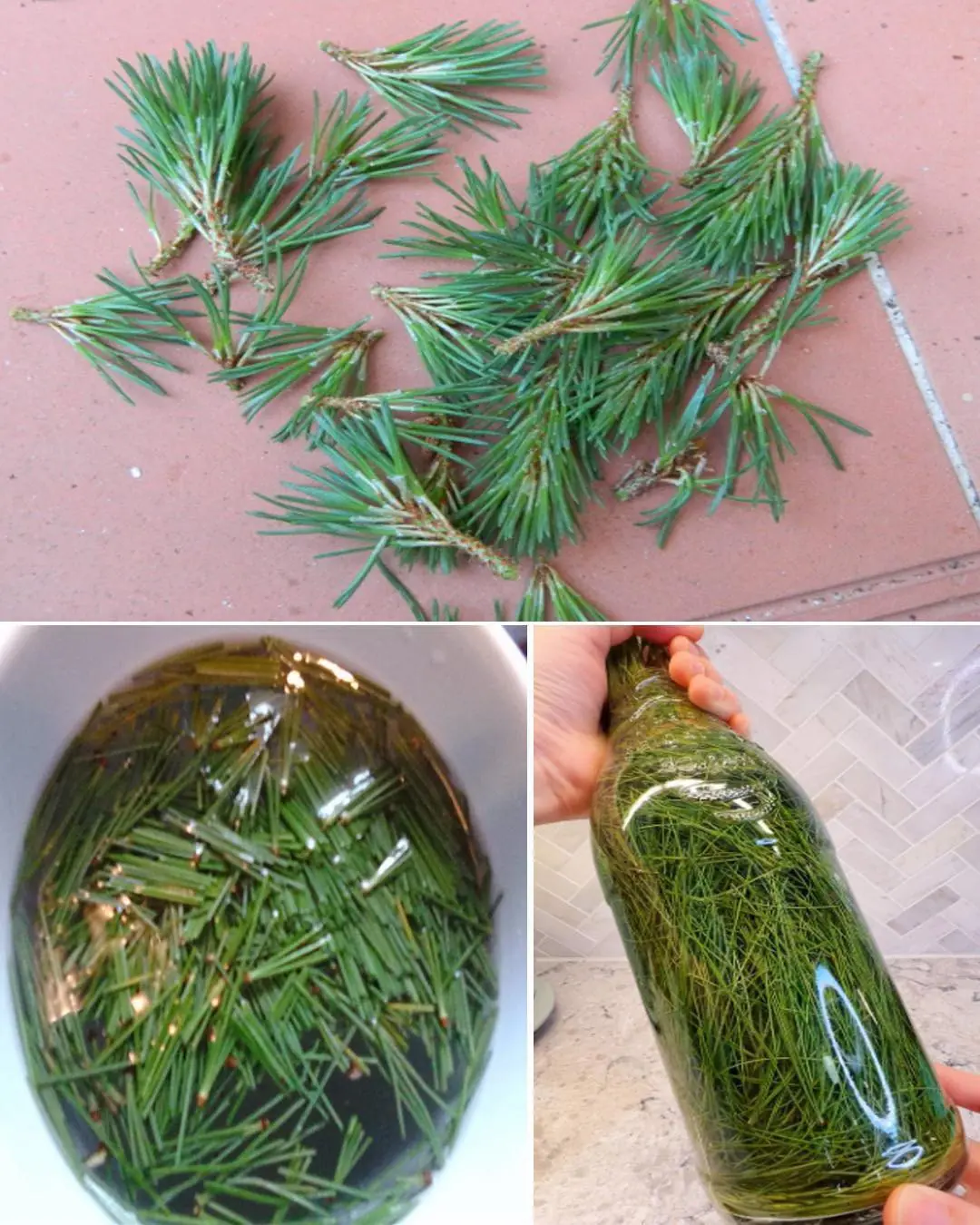
I Had No Idea About This!
Like to see more from Tips for the Home
Print this recipe
Most people don’t realize that a small, often-overlooked feature inside their refrigerator could help them save a surprising amount of energy — the temperature control button. This unassuming dial or digital setting regulates the internal temperature of your fridge and freezer. While it might seem like a minor detail, using the wrong settings can waste electricity and drive up your bills. Let’s take a closer look at how adjusting this simple control can make a big difference for your home and your wallet.
How the Temperature Control Works
The temperature control is the brain of your refrigerator’s cooling system. Most modern models have a digital screen or manual dial that lets you set your preferred temperature. However, many people leave the appliance on its default factory settings, which may not be the most efficient for their home. Understanding how this control works helps you balance food preservation, energy efficiency, and appliance longevity.
The Ideal Temperature Settings
To keep your food fresh and your electricity bills low, here are the temperatures you should aim for:
-
Refrigerator: 37°F to 40°F (3°C to 4°C)
-
Freezer: 0°F (-18°C)
These settings prevent bacteria growth in your fridge and protect frozen food from spoiling. If your fridge is colder than necessary, you risk freezing sensitive items and wasting energy; if it’s warmer, your food may not stay safe.
Adjusting Temperatures Throughout the Year
Spring & Fall — Minimal Adjustments:
Mild temperatures mean your fridge doesn’t have to work as hard. Use a separate thermometer to check accuracy and make small tweaks to save energy.
Summer — Keep It Cooler:
Hot weather and frequent door openings let warm air in.
Tips:
-
Set the fridge closer to 37°F.
-
Don’t overcrowd shelves — airflow is key.
-
Store drinks and leftovers near the back, where it’s coldest.
Winter — Watch for Overcooling:
If your fridge is in a garage or cooler space, the cold air outside can trick the thermostat.
Tips:
-
If food starts freezing (like lettuce or milk), raise the temp slightly to around 40°F.
-
Check that the freezer is staying at or below 0°F.
Why It Matters for Energy Efficiency
Keeping your fridge and freezer at the right temperature saves energy and extends the life of your appliance. When it’s too cold, the compressor runs constantly — using more power and wearing out faster. Optimal settings help you maintain performance while cutting unnecessary electricity use.
How Much You Can Save
Energy experts estimate that properly adjusting fridge and freezer temperatures can reduce a household’s electricity use by up to 10%, saving $100 or more per year. Multiply that across millions of homes, and it adds up to an enormous environmental and financial impact.
Extra Energy-Saving Tips
-
Use a Thermometer: Built-in controls aren’t always accurate.
-
Don’t Rely on “Colder” Settings: Use numbers and measurements, not just vague labels like “coldest.”
-
Wait Before Rechecking: Allow 24 hours for new settings to stabilize.
-
Keep It Clean: Dusty coils and blocked vents make cooling less efficient.
Conclusion: Small Tweaks, Big Results
A simple adjustment to your fridge’s temperature settings can lead to noticeable savings — both for your wallet and the planet. By paying attention to the temperature control button, you’re taking an easy yet impactful step toward a more energy-efficient home. Sometimes, the smallest changes truly deliver the biggest results.
News in the same category


The Science Behind Putting a Cotton Swab in a Menthol Oil Bottle

More People Are Struggling with Visceral Fat — Doctors Reveal 9 Foods That Help Burn It Naturally

Black Turmeric vs. Yellow Turmeric: Which One Is Better?

Like to see more from Tips for the Home

Most Don’t Know: 13 Brilliant Ways to Use WD-40 Around the House

YouTuber shocks fans after revealing he hasn't showered in three months

YouTubers expose reality of 'toxic' Colorado ghost town that was abandoned for tragic reason

Napheesa Collier Hasn’t Said One Good Thing About WNBA, Commisioner Or CBA Negotiations: League Still Offers 30-Day Extension Because It Holds All Leverage

Meet Claudette Colvin, The Teen Who Pioneered The Civil Rights Movement

Outkast Earns Nomination for the 2025 Rock & Roll Hall of Fame

Missouri Real Estate Agent Is Looking To Create 1,000 Black Homeowners In Kansas City

Florida Man Uses Stimulus Funds To Create ‘Generational Food’ Community Garden

17-Year-Old Honored For Creating Color-Changing Sutures That Detect Infection

California Mom of Four Celebrates Passing The Bar After Studying For 10 Years In Inspirational Viral Video

Model Loses Both Legs After Toxic Shock Syndrome From Everyday Tampon Use

Before And After: Woman With Extreme Lip Enhancements Reveals Old Look

Tragic End: Georgia O’Connor Passes Away Weeks After Wedding Amid Medical Neglect
News Post

5 Amazing Benefits Of Aloe Vera Gel For Skin: Large Pores, Dark Spots, Wrinkles

Clove & Lemon Collagen Drink: Wrinkle Free, Glowing Skin

Unlock Your Body’s Hidden Power: Try Garlic and Honey on an Empty Stomach for 7 Days

Tragus Piercing What Does It Mean

9 Health Benefits of Pine Needles

Unlock The Incredible Health Benefits of Garlic, Ginger and Lemon for Men

A special method to grow garlic in plastic bottles

7 Benefits of the Miracle Leaf of Life

7 Amazing Health Benefits of Banana Blossoms

Boiling Sweet Potatoes: Don’t Just Add Plain Water—Add This Spoonful for Perfectly Fluffy, Sweet Results

The Science Behind Putting a Cotton Swab in a Menthol Oil Bottle

More People Are Struggling with Visceral Fat — Doctors Reveal 9 Foods That Help Burn It Naturally

Black Turmeric vs. Yellow Turmeric: Which One Is Better?

Starve cancer: the diet rotation strategy you need to know

Like to see more from Tips for the Home

💪 Sarcopenia: Why Muscle Loss Happens & How to Fight It (After 50)

These Ideas Are Amazing: 10 Clever Ways to Use Dryer Sheets Beyond the Laundry Room

Most Don’t Know: 13 Brilliant Ways to Use WD-40 Around the House
